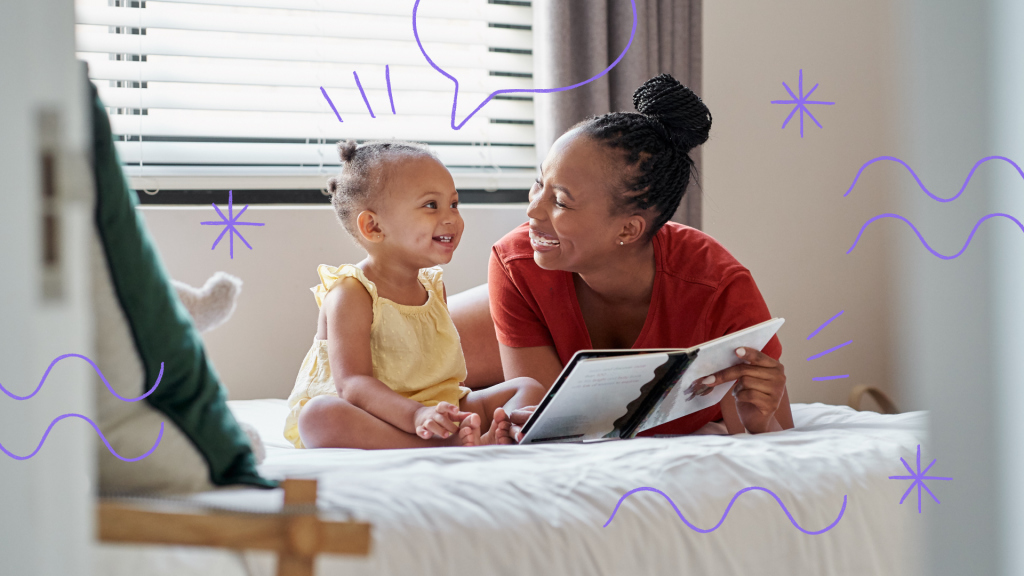
- 3 mins
Developing Social Skills: Best Books for Kids

As one of the oldest communicative activities in history, it’s tough to quantify the overall importance of storytelling. Cave paintings in France dating as far back as 30,000 years ago appear to be telling stories through depictions of humans, animals, and objects (National Geographic, n.d.). Every culture in recorded history has employed storytelling as a means of communication, community-building, or teaching. As we’ve advanced, evidence supporting the benefits of storytelling has been discovered—especially for developing students.
Storytelling directed toward students has a number of psychological and educational benefits (Yabe et al., 2018). These include:
For these reasons alone, storytelling in the classroom is one of the most important activities a teacher can provide. Even if the story being told doesn’t directly relate to the rest of the curriculum, the activity itself can be useful for brain breaks or a chance to wind down after a more technically demanding subject, such as math or science.
Aside from the traditional method of reading from a storybook, there are plenty of alternative activities that incorporate storytelling. Here are a few examples:
Directions: Give each student a piece of paper. Ask the students to draw a cross in the middle of the paper so that it is divided into four equal panels. Then, ask students to draw a depiction of their favorite memory (or any scenario) in those four sections in order to create a linear story. Afterward, students can share their four-part story with the class. Try to encourage as much detail as possible.
Directions: Find old magazines and give each group of three to five students a picture of a person. On the board, write some questions that can help the students form this person’s story, such as:
Give the groups enough time to develop their character, and then present it to the class. This activity will help flex those creative thinking and deductive reasoning muscles.
Directions: Divide students into groups of three to five. Give every group the same starting sentence, such as “The brown dog was walking down the street when he saw a squirrel.” Each group gets 30 to 60 seconds to add a sentence to the story before the next group has a turn. This can be a great activity when discussing the story plot, as you can direct the students to provide specific direction for the story, such as introduction, rising action, or climax.
Storytelling. (n.d.). National Geographic. Retrieved June 15, 2022
Yabe, M., Oshima, S., Eifuku, S., & Taira, M. (2018). Effects of storytelling on the childhood brain: Near-infrared spectroscopic comparison with the effects of picture-book reading. Fukushima Journal of Medical Science, 64(3), 125-132.